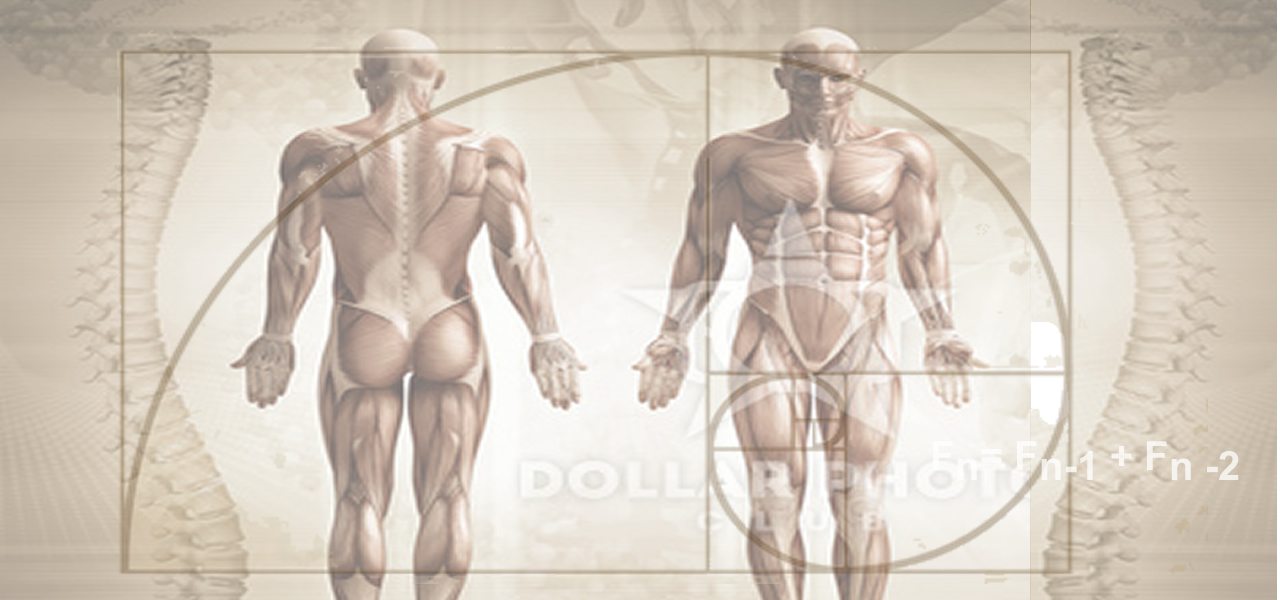
Physica News
Smart phones and posture
With most people spending up to 4 hrs a day (1) on their smart phones the increased load caused by using these devices will undoubtedly increase “wear and tear” on the spine. As clinician’s we are seeing more and more people with chronic neck and mid thoracic area driven and aggravated by poor posture and the cause of this is in many times caused by the use of their smart phones, pc’s or laptops.
What is the lump in my Achilles?
In this post we explore the difference between a tendonitis and tendonosis. So if you have alump on the achilles make sure you get this checked out to avoid the injury progressing into a full rupture. read more
Nerve Root Pain
Nerve root pain is a common condition treated by physiotherapists. Also known as radiculitis , radiculopathy or radicular pain, nerve root pain is a complex condition that requires clinical expertise and individualised patient management.
There are 31 pairs of spinal nerve roots that exit the spinal cord through a hole formed between the vertebrae above and the vertebrae below, called the intervertebral foramen. read more
Posterolateral Corner Knee Injuries
Patients with PLC injuries may present acutely or chronically and often report a mechanism of injury involving sports trauma, a fall or motor vehicle accident. An associated anterior cruciate ligament (ACL) or posterior cruciate ligament (PCL) tear are not uncommon due to the similar hyperextension mechanism. Acute injuries present with swelling, posterolateral knee pain and occasionally numbness and weakness in the foot as a result of peroneal nerve disruption. read more
Thoracic Outlet Syndrome
Patients with this condition often complain of pain, tingling, numbness or weakness in the arm. Coldness and heaviness in the arm can also be present. These symptoms are often located along the inside of the upper limb and can extend to the little finger and ring finger due to irritation and compression of the ulna nerve. read more
Mensical Knee Injuries
The most common mechanism when injuring a meniscus of the knee is a twisting movement where the foot is anchored and a rotational force is applied to the joint.
Common symptoms associated with a meniscus tear;
- knee swelling
- joint line pain
- reports of locking, clicking or catching
- restriction of movement
- pain aggravated by twisting movement
There are various meniscal tears depending on the orientation and extent which include; longitudinal, degeneravtive, flap, bucket handle and radial tears. Read more
Tarsal Tunnel Syndrome
The tarsal tunnel is an area at the inside of the ankle, where a fibrous tissue called the flexor retinaculum, forms a tunnel with the ankle bones. Tarsal tunnel syndrome is where the nerve, (Tibial Nerve) becomes compressed, which causes numbness at the sole of the foot or part of the foot.
This condition can be caused from a variety of reasons from a flattened foot posture, bony spurs, ganglions, tendon inflammation, benign tumours, foot and ankle fractures or trauma, through to arthritis and diabetes. Read more
Whiplash
Whiplash is a term used to describe the rapid hyper- flexion, hyper-extension of the neck involved in a motor vehicle accident. This results in overstraining of the joints, ligaments and muscles in the neck. Stretching of the nerves in the neck can also occur with Whiplash.
Whiplash can give rise to a wide variation of symptoms including; neck pain, shoulder and arm pain, headache, dizziness, arm tingling and weakness along with concentration and memory difficulties.
Rotator Cuff Tears
Symptoms associated with rotator cuff injury:
- Pain over the outside of the shoulder
- Pain referral into the outside of the upper arm
- Problems with over head activities
- Problems with lifting weight
- Inability to lie on the affected side
Rotator cuff injury can be caused from a specific incident such as over-straining at the gym, a fall onto an outstretched hand or repetitive strain with work such as a butcher making repetitive cuts.
Scoliosis- What is it?
A lateral deviation of the spine is known as a Scoliosis. This results in the spine rotating around the vertical axis giving the spine a twisted appearance. Radiologically a scoliosis is defined by a Cobb angle of greater than 10 degrees, which is basically an indicator of the severity of the curve. Read more

